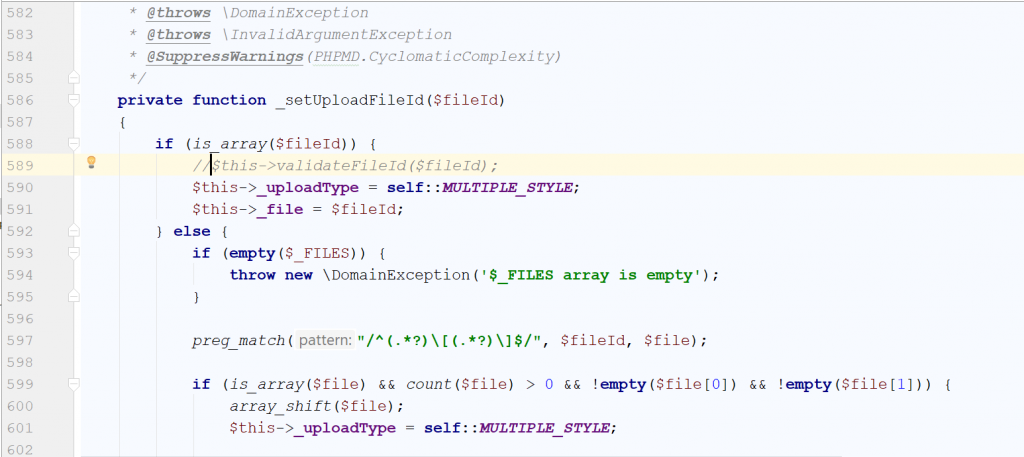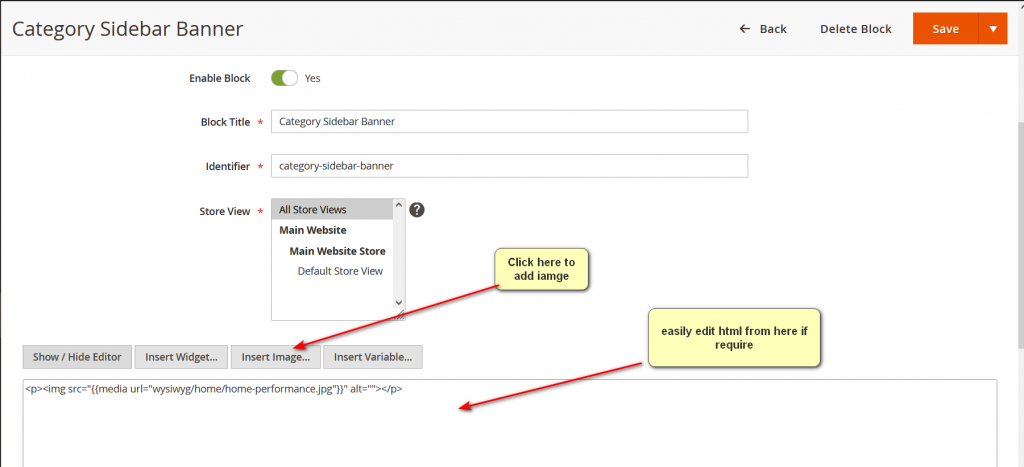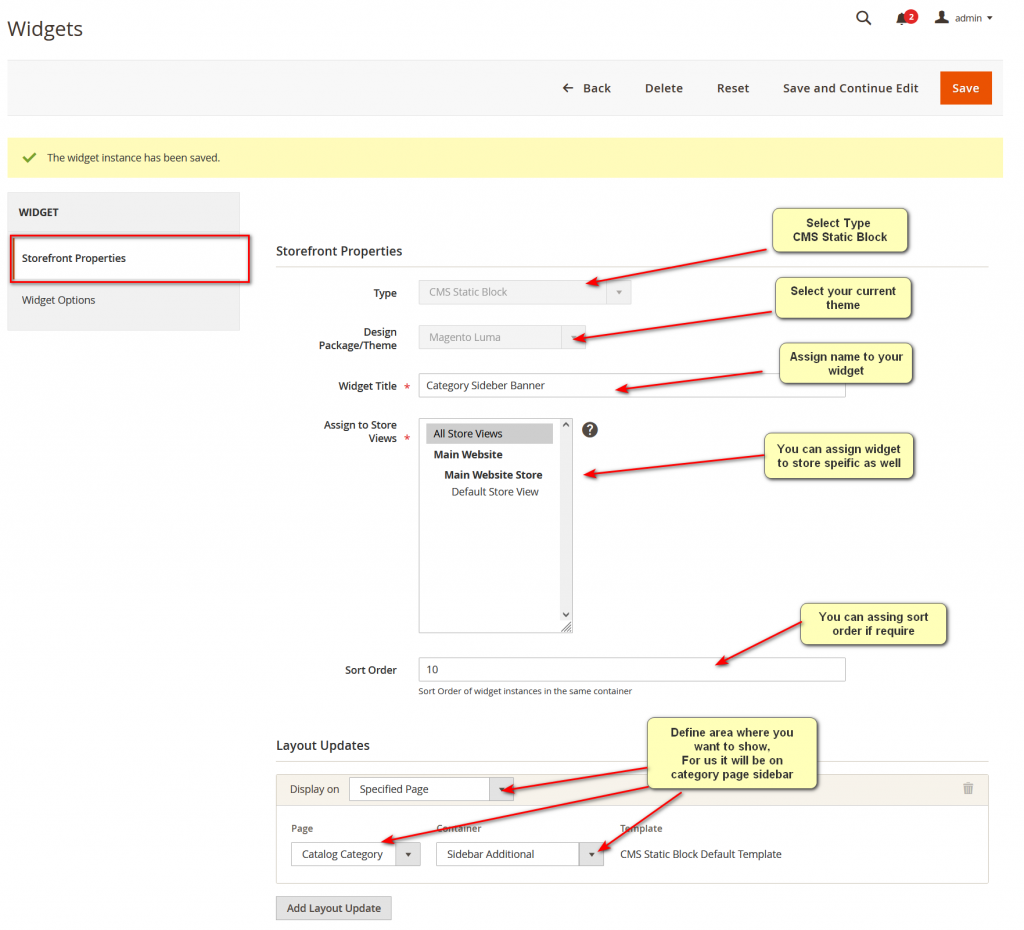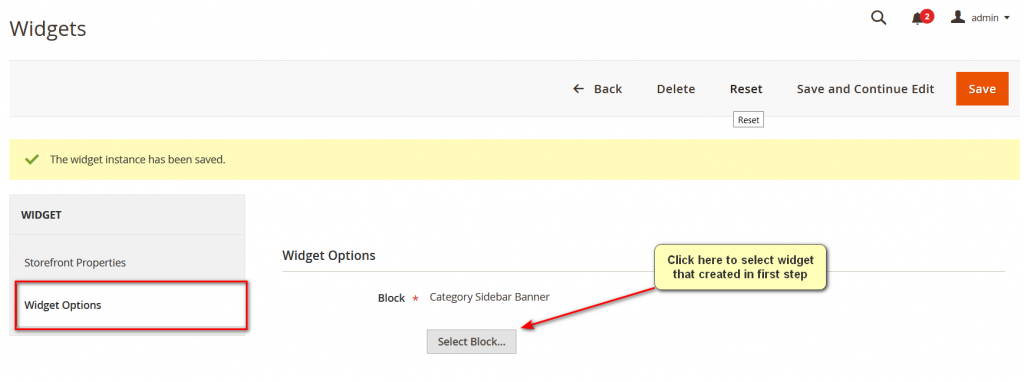Magento 2.4.7 Now Available – Time to Upgrade Your Store
The latest version of the popular e-commerce platform Magento was recently released. Magento 2.4.7 includes several new features, performance optimizations, and bug fixes to provide an even better experience for online merchants and their customers.
What’s New in Magento 2.4.7?
Some of the key highlights of the Magento 2.4.7 release include:
Improved security with stricter Content Security Policy (CSP)
Support for PHP 8.2 for better performance
Compatibility with OpenSearch as an alternative search engine to Elasticsearch
Enhancements to Page Builder content migration tool
Various bug fixes and optimizations for a more stable platformFor a full list of changes, refer to the Magento 2.4.7 release notes.
Benefits of Upgrading to Magento 2.4.7
By upgrading your Magento store to version 2.4.7, you can take advantage of:
The latest security patches to better protect your site from potential vulnerabilities
Improved site speed and performance from PHP 8.2 support and other optimizations
New features like OpenSearch compatibility and Page Builder enhancements
A more stable environment with various bug fixes
Continued support and security updates from AdobeGetting Help with Your Magento Upgrade from CodeDecorator
Upgrading Magento can be a complex process, especially if you have customized your site. It’s important to carefully plan your upgrade and thoroughly test everything to avoid any issues that could impact your sales.
If you need help upgrading your Magento store to 2.4.7, consider using the professional Magento upgrade services from CodeDecorator. As an experienced Magento development agency, CodeDecorator can handle the entire upgrade process for you, including:
Evaluating your current site and creating a comprehensive upgrade plan
Performing the actual software upgrade to Magento 2.4.7 with expert precision
Conducting thorough testing and quality assurance on your upgraded site
Training your team on any new features and changes in Magento 2.4.7
Providing ongoing support and maintenance to keep your site running smoothlyCodeDecorator’s team of certified Magento developers has a proven track record of delivering successful upgrades for clients. With their expert assistance, you can smoothly upgrade to Magento 2.4.7 and start benefiting from the latest improvements to this leading e-commerce platform.

To learn more about CodeDecorator’s Magento 2.4.7 upgrade services, contact us now.





